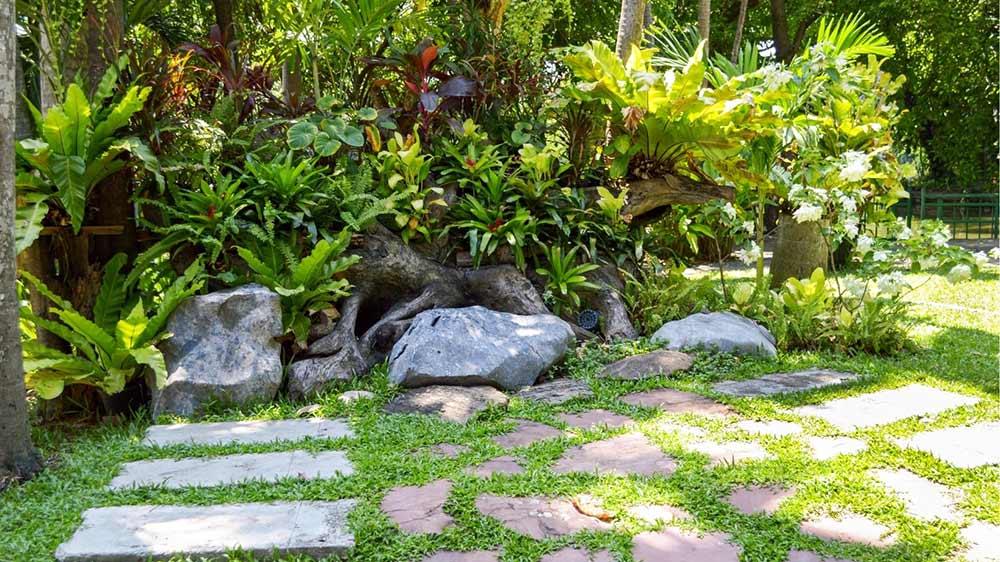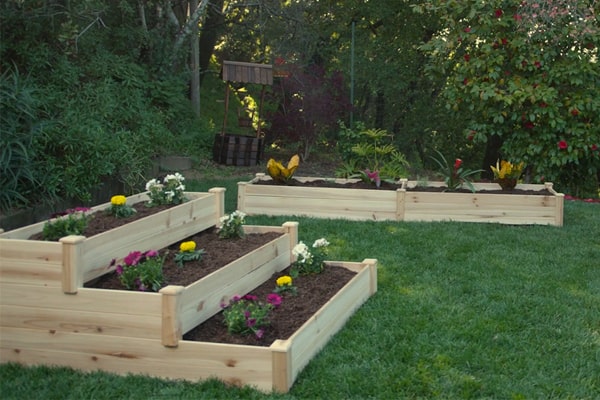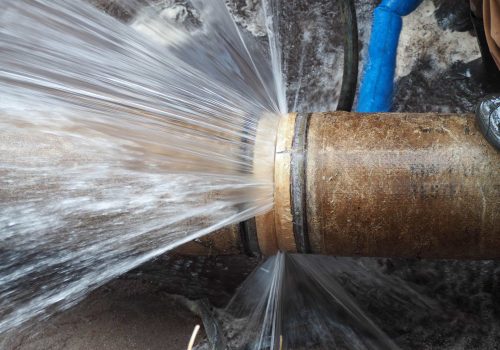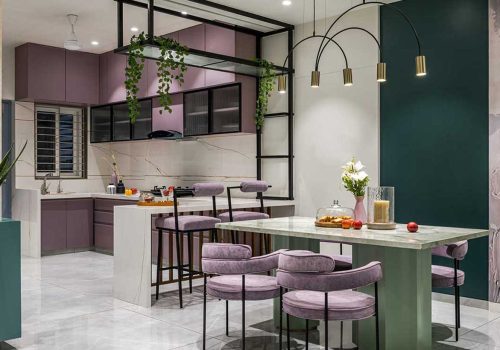Attract Birds, Bees, and Butterflies with a Wildlife-Friendly Yard Design

Welcome to Your Wildlife Sanctuary!
Imagine stepping into your backyard and watching birds flitting through the trees, bees buzzing happily around vibrant flowers, and butterflies gently landing on your plants. A wildlife-friendly garden isn’t just beautiful; it’s a necessary sanctuary for our precious pollinators and winged friends. And the best part? You can create one, no matter the size of your yard.
In this guide, we’re going to share practical, creative, and eco-conscious ways to transform your space into a thriving haven for birds, bees, and butterflies. Let’s dive in!
Why Does It Matter?
The Magic of Biodiversity: Supporting Our Ecosystem
Creating a wildlife-friendly yard is a small act with a huge impact. Here’s why it’s essential:
- Pollination: Bees and butterflies are vital pollinators, helping plants reproduce.
- Insect Control: Birds naturally keep insect populations in check, reducing the need for harmful pesticides.
- Soil Health: Birds and insects play a role in improving soil by spreading seeds and breaking down organic matter.
By welcoming wildlife into your space, you’re contributing to the health of the planet, one flutter at a time.
Assess Your Yard’s Potential
Before you plant, take a good look at your yard. What does it already offer?
Key Questions to Ask:
- How much sunlight does your yard get?
More sun = better for sun-loving plants like lavender. Shaded areas? Perfect for ferns or hostas. - What about the soil type?
Is it clay, sandy, or loamy? Choose plants that thrive in your soil conditions. - Where’s the water?
Birds and bees need fresh water, so make sure there’s a place for them to drink or bathe.
Choose Plants That Attract the Right Visitors

A wildlife-friendly garden starts with the right plants. Here’s how to choose wisely:
1. Native Plants = Local Superstars!
Native plants are your best friends. They’ve evolved alongside local wildlife, making them more attractive to bees, birds, and butterflies. They’re also low-maintenance since they’re adapted to your local climate and soil.
Popular Native Plants:
- For Bees: Echinacea, goldenrod, and black-eyed Susan.
- For Butterflies: Milkweed (a must for monarchs), butterfly bush, and lantana.
- For Birds: Sunflowers, holly bushes, and serviceberries.
2. A Variety of Heights and Layers
Wildlife loves variety. Mixing ground cover, shrubs, and tall trees creates a layered environment that appeals to different creatures.
- Tall plants for birds to perch on (think trees or tall grasses).
- Shrubs and low-growing plants for shelter and food.
- Ground covers to provide hiding spaces for insects and small critters.
3. Add Edible Plants for a Feast!
Birds and bees love a tasty snack, so why not grow some edible plants? Berries, herbs, and fruits not only feed your family—they feed wildlife too.
Examples:
- For Birds: Elderberry, blackberries, and strawberries.
- For Bees: Lavender, clover, and thyme.
Build Cozy Shelters & Nests
Birds Need a Home Too!
Create spaces for nesting by incorporating trees, shrubs, and birdhouses. Different bird species have different needs, so offering variety will ensure you attract a range of feathered friends.
Birdhouse Tips:
- Position: Hang them in quiet, sheltered spots, away from predators.
- Type: Small birds like wrens prefer tiny houses; larger species need bigger ones.
- Natural Shelters: Plant dense shrubs and trees to give birds a place to hide.
Butterflies Need Special Care!
Butterflies love to lay their eggs on host plants—the plants caterpillars will munch on once they hatch. By planting these, you’re giving them a safe space to grow.
Host Plants for Butterflies:
- Monarchs: Milkweed.
- Swallowtails: Dill, fennel, and parsley.
Water = Life
A steady supply of fresh water is crucial. You don’t need a full-on pond; even a small birdbath or shallow dish will do wonders.
Tips for Watering:
- Bird Bath: Shallow, clean water with rocks for birds to perch on.
- Pond: A natural pond with plants around the edges provides water for pollinators and birds alike.
- Rain Barrels: Collect rainwater to create a sustainable water source for your garden.
Go Green and Sustainable
A wildlife-friendly garden is also an eco-friendly garden. Here’s how to make your space thrive sustainably:
1. Organic Practices
Avoid synthetic pesticides and fertilizers. They harm the very creatures you’re trying to attract! Instead, opt for natural pest control—like introducing ladybugs or using neem oil.
2. Water Conservation
Water your garden with eco-friendly techniques:
- Rain barrels collect rainwater for later use.
- Drip irrigation minimizes water waste.
3. Leave the Leaves
Leave dead plants and leaves in place over the winter. Many insects, including bees, use these materials for shelter.
Create a Year-Round Habitat
A true wildlife-friendly garden doesn’t hibernate during winter. You can keep your garden thriving year-round by incorporating the following:
- Winter Food: Keep seed-bearing plants or bushes that produce berries during the colder months.
- Shelter for Winter: Leave some dead plant stems standing as natural homes for insects. Birdhouses will also provide a cozy winter retreat for small species.
Track and Expand Your Sanctuary
Don’t just create a wildlife sanctuary—track its progress! Here’s how you can engage with your garden:
- Take Notes: Keep a garden journal to record the species that visit.
- Install a Wildlife Camera: Capture footage of birds, bees, and butterflies in action.
- Share with Others: Encourage friends and neighbors to do the same! The more wildlife-friendly yards, the better.
Final Thoughts: Sit Back and Enjoy Nature’s Show
Creating a wildlife-friendly yard isn’t just a project—it’s an ongoing journey that connects you with the natural world. You’ll soon be rewarded with a vibrant, buzzing, and colorful garden full of life. So grab your gardening gloves, plant those bee-friendly flowers, and create a space that’s as beneficial for wildlife as it is beautiful for you!



